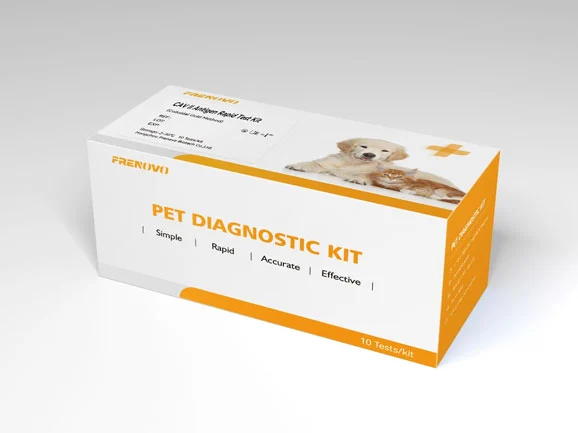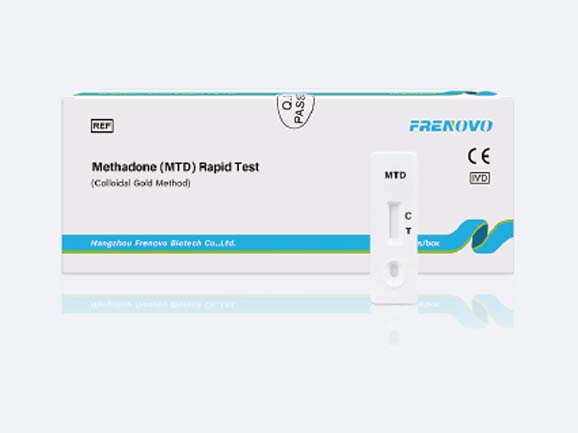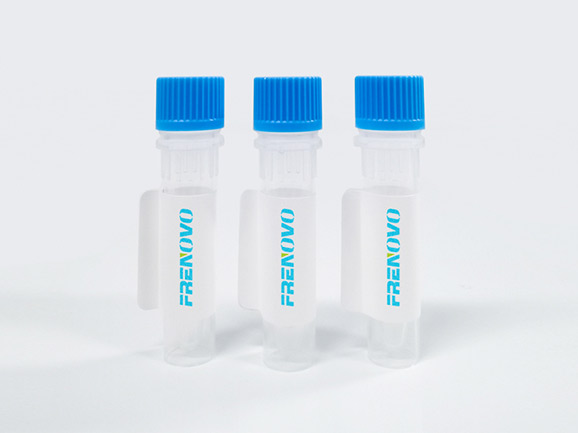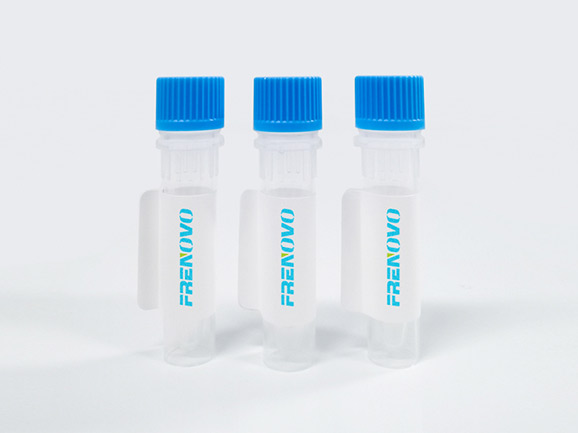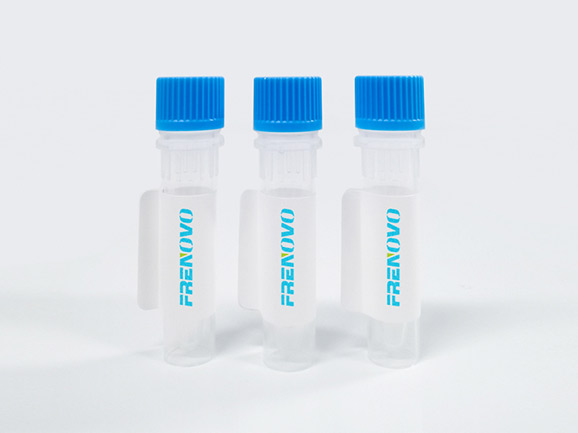During the epidemic era, daily epidemic prevention and control work has become normalized. To simplify the epidemic prevention procedures and ensure the quality of prevention and control, the new coronavirus antigen detection reagent kit will become the main way for screening of COVID-19, providing strong support for epidemic prevention and control.
The new coronavirus antigen detection reagent kit is a self-testing product for COVID-19 antigens, which can be used as a supplementary method for nucleic acid detection. Antigen detection is convenient and fast, but the accuracy of the test results will be affected by the degree of compliance with the operating standards. Therefore, it is extremely important to learn how to use the anti gen kit correctly.
1. Wash hands. Wash hands with flowing water or hand sanitizer.
2. Understand the testing process. Carefully read the instructions and related precautions for the antigen self-testing kit.
3. Reagent preparation. Check whether the antigen self-testing kit is within the shelf life, and check whether any content, such as nasal swab, sampling tube, or detection card, is missing or damaged. If the reagent has expired or any content is missing or damaged, the detection reagent should be replaced promptly.
4. Confirm the environmental temperature and humidity requirements for the test. The colloidal gold test strip generally requires the test to be conducted at a normal temperature of 14℃-30℃, avoiding abnormal test results caused by extremely low, high or excessively humid environments. After removing the packaging of the antigen detection card, place it in a flat and clean place.
For individuals aged 14 years and above, they can collect their own nasal swab samples. The self-tester first uses tissue to blow his/her nose. Carefully open the nasal swab outer packaging, avoiding touching the swab head by hand. Then tilt the head slightly back and insert the swab on one side of the nose, slowly inserting it 1-1.5 cm deep along the bottom of the nasal passage, and then rotate the swab in the nasal cavity at least 4 times (the dwell time is not less than 15 seconds). Finally, use the same swab to repeat the same operation on the other nostril.
For individuals aged 2-14 years, another adult should collect the sample on behalf of the self-tester. Before sample collection, use tissue to blow the nose first, and then tilt the head slightly back. The sample collector carefully opens the outer packaging of the nasal swab, avoiding touching the swab head by hand, gently supports the head of the person being sampled with one hand, and inserts the swab into one side of the nose, gradually inserting it 1 cm deep along the bottom of the nasal passage, and then rotate the swab in the nasal cavity at least 4 times (the dwell time is not less than 15 seconds). Finally, use the same swab to repeat the same operation on the other nostril.
1. According to the instructions of the reagent, immediately place the collected nasal swab in the sampling tube, and rotate the swab head in the storage solution for at least 30 seconds while pressing the swab head against the outer wall of the sampling tube at least 5 times with the hand, ensuring the sample is fully eluted in the sampling tube.
2. Squeeze the liquid off the swab head by pressing it against the outer wall of the sampling tube with the hand. Discard the swab. After covering the sampling tube lid tightly, drip the liquid vertically into the sample hole of the detection card.
3. According to the instructions of the reagent, wait for a certain time to read the results.
Positive result:
Both "C" and "T" show red or purple bands, and the color of the "T" band can be light or dark, which indicates a positive result.
Negative result:
"C" shows a red or purple band, and no band is shown in "T".
Invalid result:
There is no red or purple band shown in "C", regardless of whether a band is shown in "T" or not. The result is invalid and the test paper strip needs to be retested.
